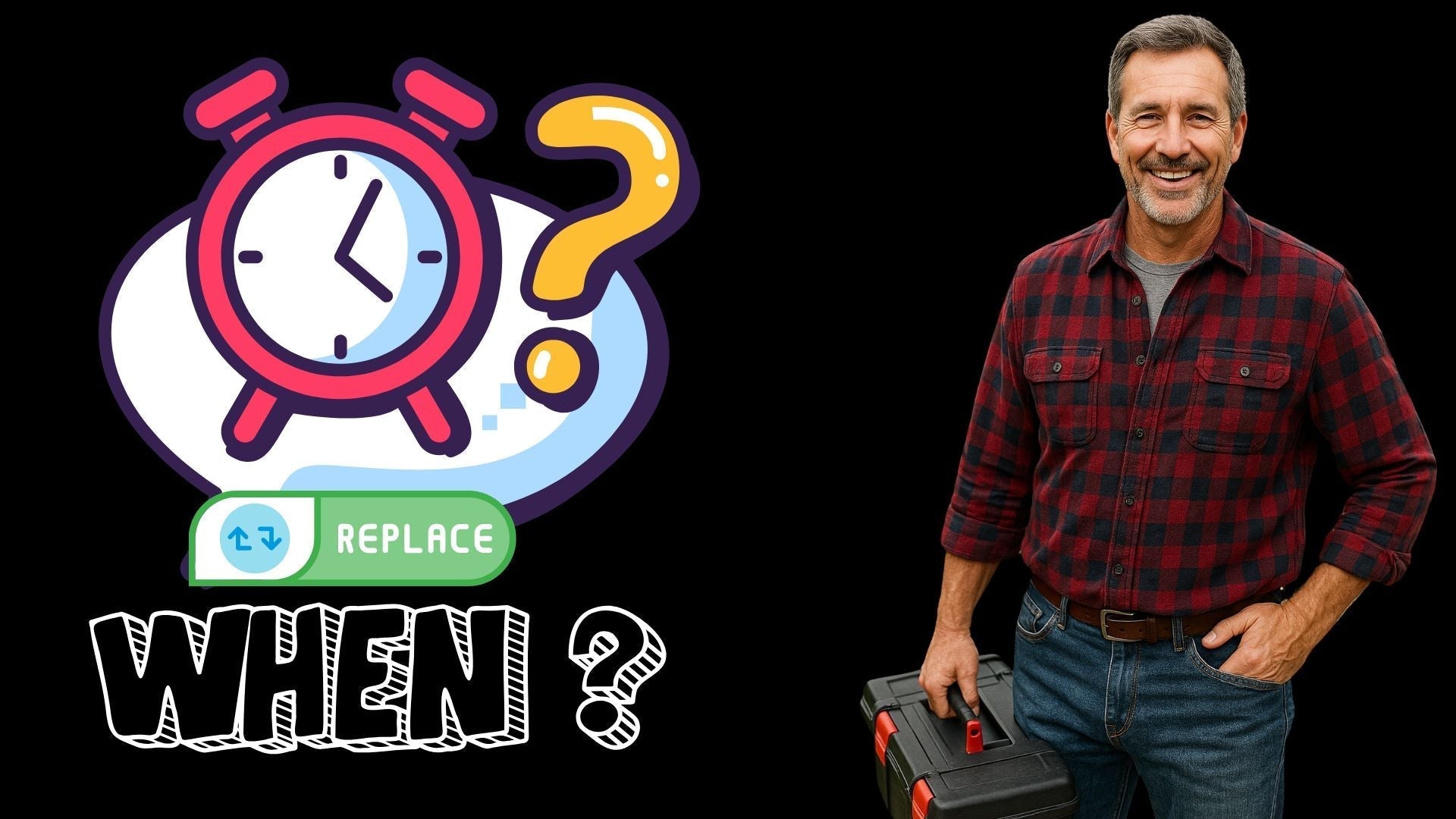How to Know When It’s Time to Replace Your Furnace (Not Just Repair It)
Hey folks, Mike here.
Let’s talk about something we all dread—hearing those words from the HVAC tech: “It might be time to replace your furnace.” I get it. Nobody wants to drop serious money on a new unit when duct tape and a prayer have worked for years. But at some point, even the most reliable old furnace becomes more of a liability than a comfort.
I’m not here to scare you into a new system. I’m just gonna lay it out—plain and simple—so you can make an informed call. Let’s look at the warning signs that it’s time to stop repairing and start replacing.
1. It’s Older Than Your Teenagers
Most furnaces last 15 to 20 years tops. If yours was installed back when you were still wearing cargo shorts unironically, you’re on borrowed time. Efficiency takes a nosedive, repairs get more expensive, and let’s be honest—it’s one ice storm away from quitting entirely.
A modern system like the Goodman 3 Ton 15.2 SEER2 R-32 AC and Gas Furnace System offers not just reliability but serious upgrades in efficiency and comfort. It’s like upgrading from a flip phone to a smartphone.
2. Your Energy Bills Keep Climbing
If your gas bill reads more like a ransom note every winter, your furnace might be guzzling energy just to keep up. Older models can dip below 70% efficiency. That means for every dollar you spend on heat, 30 cents literally goes up the flue.
Compare that to today’s 96% AFUE systems, and you’ll see why upgrading to a high-efficiency furnace could pay for itself over time.
3. You’re Constantly Repairing It
A couple of minor repairs? Normal. But if you’re calling in a tech every year—or worse, every few months—it’s time to do the math. That $300 blower motor, $200 ignitor, and $100 for every house call add up fast.
According to the National Association of Home Builders, if repair costs exceed 50% of the replacement price, it's time to replace.
4. Uneven Heating or Excessive Noise
Is one room a sauna and the other an igloo? Does your furnace kick on with the grace of a dump truck? These are signs of worn-out components or poor airflow—and sometimes, it’s not worth chasing the fix.
Newer variable-speed furnaces like those in the Goodman system can adjust output based on real-time demand, meaning quieter, more balanced heating.
5. It Still Uses a Standing Pilot Light
If your furnace has a little blue flame burning 24/7, that’s old tech. Most new units use electronic ignition, which is safer, more efficient, and doesn’t waste gas year-round.
Honestly, if your system still uses a pilot light, it’s probably due for retirement just on age alone.
6. You’re Not Comfortable at Home
This one’s personal. If you’re constantly fiddling with the thermostat, putting on sweaters inside, or waking up to chilly mornings—your furnace just might not be cutting it anymore. Comfort isn’t a luxury; it’s why you have central heat in the first place.
7. You’re Thinking Long-Term
Planning to stay in your home another 5–10 years? An efficient system increases resale value, reduces monthly bills, and saves you from that inevitable mid-January breakdown.
Look, I get that replacing your furnace isn’t sexy. But with modern systems like the Goodman 3 Ton 15.2 SEER2 R-32 AC and Gas Furnace combo, you’re not just buying heat—you’re buying peace of mind.
Want My Two Cents?
If your furnace is old, inefficient, noisy, and just not keeping you warm, replacing it is the smart play. I always say: if you’re dumping cash into something just to keep it limping along, it’s time to stop the bleeding.
You don’t have to go top-shelf or futuristic either. Solid mid-range systems—like the one I mentioned—can deliver way more comfort and savings than anything built 20 years ago.
Ready to upgrade without blowing your budget?
Check out the Goodman 3 Ton 15.2 SEER2 R-32 AC and Gas Furnace System at The Furnace Outlet. It’s energy-efficient, homeowner-friendly, and priced for real people like us.
My next article will be on: What’s a Matched HVAC System—and Why Does It Matter for Your Comfort and Energy Bill?
Until next time,
– Mike







